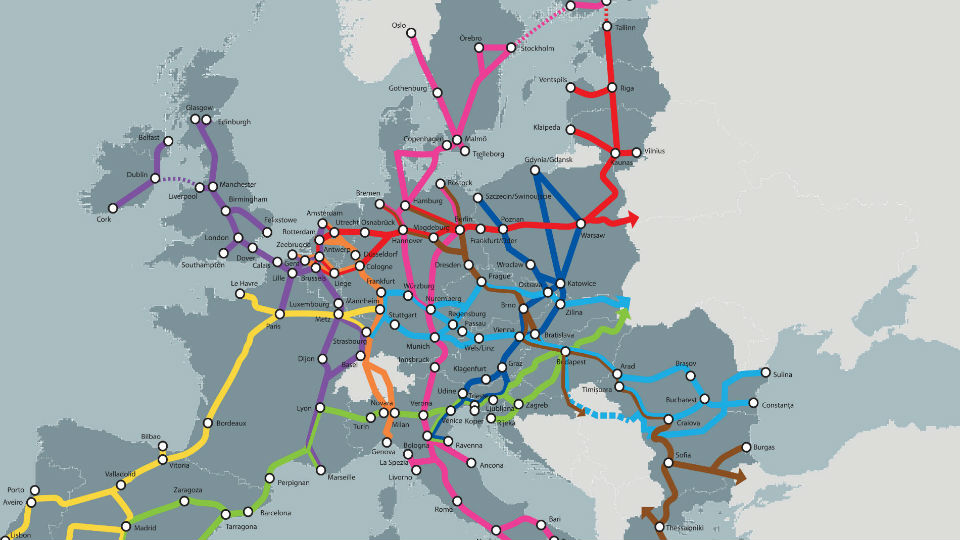TENT-T network needs freight-only lines and ‘intermodal gauge’

Rail infrastructure needs to be adjusted to the needs of intermodal traffic, and the revision of the TEN-T regulation is the ideal moment for such a change. That is the core message of the UIRR in its position paper to the EU legislators. According to the interest group, the current TEN-T network is in many ways outdated, not taking into account the large role intermodal traffic plays today.
Do you want to read the full article?
Thank you for visiting RailFreight.com. Become a member of RailFreight Premium and get full access to all our premium content.
Are you already a member?
Having problems logging in? Call +31(0)10 280 1000 or send an email to customerdesk@promedia.nl.





